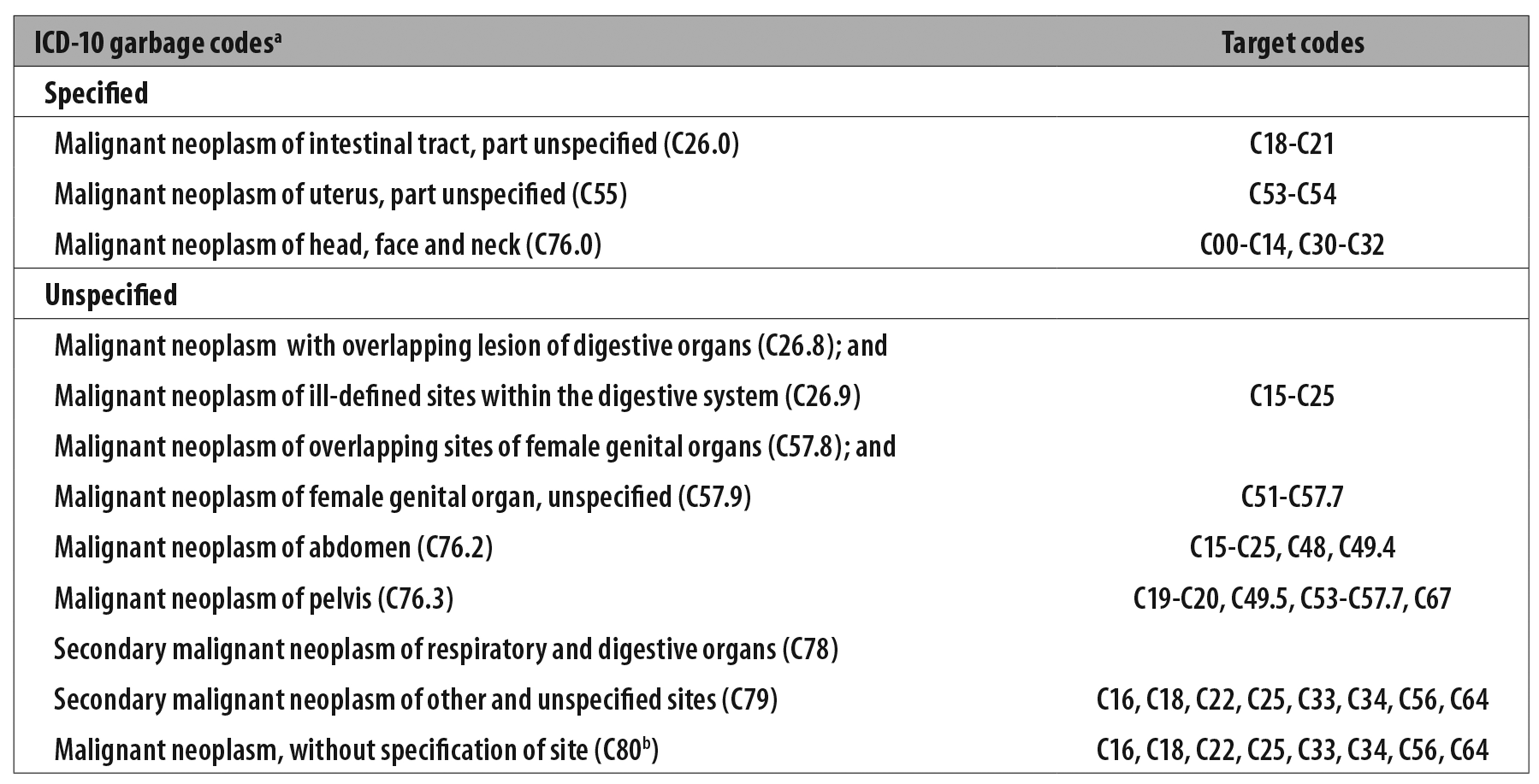

Filaggrin proteins display structural and physiological functions in the skin but is also expressed in the oral cavity, cervix, endometrium, and vagina. The epidermal layer of the skin provides a barrier against environmental exposures including microorganisms. These two HPV types are likely responsible for 70% of cervical cancers and most of the non-cervical HPV-related cancers.

Vaccination against the two most important oncogenic HPV types (type 16 and 18) lowers the risk of anal, vulva, vaginal and penile infections with the two HPV types and decreases the risk of precancerous cervical lesions. The developments in prophylactic HPV vaccination have renewed the interest in HPV-related cancers and cell changes. With the introduction of organized cervical cytological screening programs, cervical cancer incidence has been substantially reduced. Anal cancer primarily affects gay and bisexual men and is rare but increasing. Cervical cancer is the fourth highest contributor to women cancer mortality worldwide and the second most common cause of cancer mortality among women in Africa. Precancerous lesions such as dysplasia and carcinoma in situ (CIS) of the cervix are common among women and if left untreated may lead to cancer. Most known HPV types are largely harmless, some cause warts, whereas oncogenic types can cause pre-cancer and cancer of the cervix, vulva, vagina, penis, anus and a subgroup of head and neck cancers. Change in incidence and mortality is estimated by Poisson regression.Human papillomavirus (HPV) is a DNA virus infecting keratinocytes or cells in mucous membranes. Survival figures are not age standardised.Ģ. Percentage frequency of all cancers - mortality (2018)ġ year relative survival for patients diagnosed between 20ĥ year relative survival for patients diagnosed between 20ġ. Percentage frequency of all cancers - incidence (2017) Summary statistics for cancer of the female genital organs by cancer type Scotland Incidence and mortality by deprivation category Cancer of the uterus: ICD-10 C53-C55Ĭancer prevalence Cancer of the vagina: ICD-10 C52Ĭancer prevalence Cancer of the vulva: ICD-10 C51 Incidence and mortality by deprivation category Cancer of the ovary: ICD-10 C56 Incidence and mortality by deprivation category Carcinoma in situ of the cervix uteri: ICD-10 D06Ĭancer prevalence Cancer of the corpus uteri: ICD-10 C54 Survival (by age and sex) at 1, 3, 5 and 10 years after diagnosis (1987 onwards) You may need to use the drop-down menus within the spreadsheets to define your selections of 'Area of Residence', 'Sex', and 'Cancer site/type' to find the data that you require.Īnnual incidence (most recent 25 years) by age, sex, network and health boardįive year summary of incidence by age, sex, network and health boardĪnnual mortality (most recent 25 years) by age, sex, network and health boardįive year summary of mortality by age, sex, network and health board.Within each page some files are quite large and may take a few minutes to download.A summary table of the main statistics for cancer of the female genital organs.īelow are the most recently updated data.Detailed incidence and mortality data, lifetime risk, prevalence and survival statistics:.


 0 kommentar(er)
0 kommentar(er)
